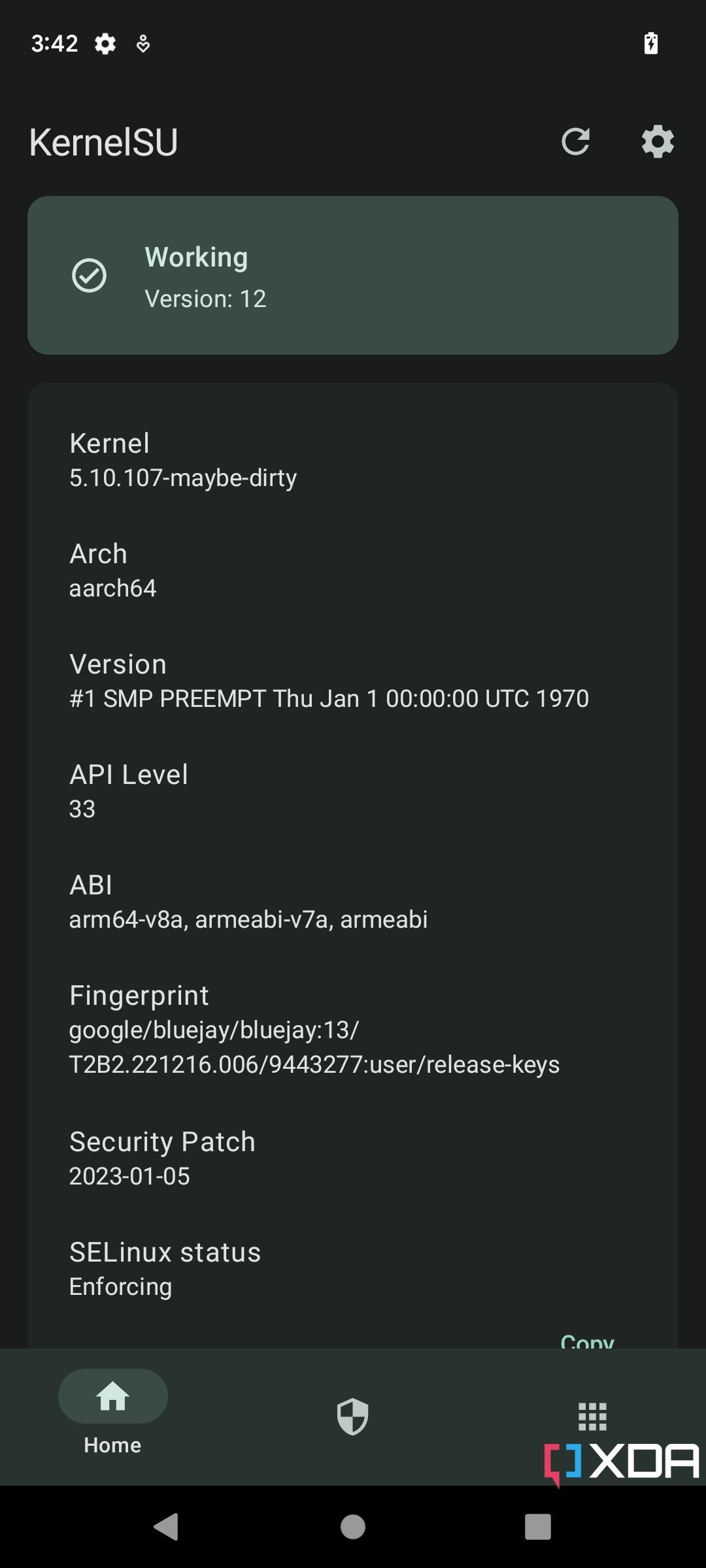A successor to Magisk finally?
Among Android modding circles, there’s no app more recognizable than Magisk. It has a well-deserved reputation as the de facto standard for rooting your phone, tablet, and just about anything that runs Android. While Magisk has successfully established itself as the successor to Chainfire’s SuperSU, the aftermarket development community has come across several root solutions during the transition phase. Besides the most notable ones, for example the LineageOS su add-on or the XDA Recognized Developer superuser phhusson, we also came across unique implementations, such as Jason Donenfeld’s Kernel Assisted Superuser (KernelSU) AKA XDA Recognized Developer zx2c4.
Unlike other conventional rooting methods, KernelSU has built in the ability to gain root access to the underlying Linux kernel of Android itself. However, it never received mainstream traction because there was no easy way to patch the existing device-specific kernel of the stock boot image on the fly. Not only did you have to incorporate it during the kernel build process, but the lack of a root management application also made it difficult for regular users. That said, Google’s strategy of enforcing Generic Kernel Image has essentially removed a major barrier to adopting a PC-esque kernel update mechanism, meaning that preparing a set of images Device-independent rooted startup is no longer a difficult task. Anticipating this eventuality, weishu, a senior member of XDA, developer of VirtualXposed and Taichi, has now come up with a new iteration of the kernel-based root solution for Android.
The GKI-compatible KernelSU adaptation by weishu has a number of advantages over the initial version. Wider compatibility is a primary consideration, as every Android device launched with kernel version 5.10 or higher must comply with this draft. Additionally, the developer offers a dedicated root management app, which allows you to easily toggle superuser access for installed apps. Last but not least, this variant of KernelSU also supports overlay-based modding, so you can make changes to read-only partitions without physically remodeling them.
For GKI 2.0 compatible devices, you can root them by downloading an appropriate pre-patched boot image from the project’s Buildbot and flashing it, provided you can unlock the bootloader. Kernel builders can also compile the images themselves and even embed KernelSU for some non-GKI kernels (with some limitations). To learn more about rooting your Android smartphone with KernelSU, take a look at our next tutorial.
It should be noted that weishu’s KernelSU is still a work-in-progress solution, so you may face random bugs and glitches here and there in case you rely heavily on root-enabled apps. But if you’re a kernel or ROM developer, or are determined to use the new tool, check out the project’s homepage and GitHub repository to learn more.
KernelSU by weishu: Website || GitHub repository


